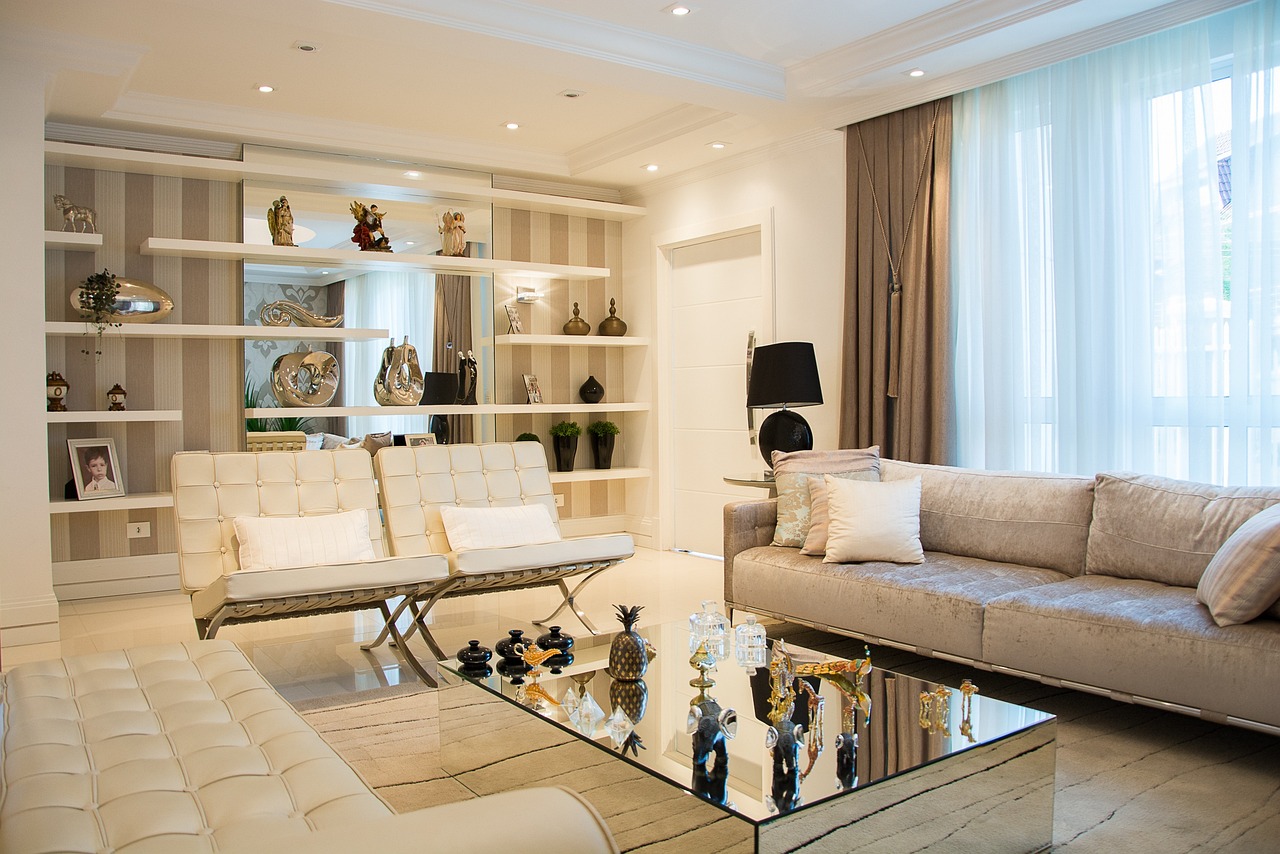
Creating an Eco-friendly home starts with thoughtful interior design choices. Use sustainable materials like bamboo, cork, and reclaimed wood for flooring and furniture. These materials are not only renewable but also add a unique aesthetic to your home. Opt for non-toxic paints and finishes to improve indoor air quality. Incorporate energy-efficient lighting, such as LED bulbs, to reduce energy consumption and lower utility bills.
When redesigning your interior, consider consulting a professional interior designer who specializes in sustainable design. They can help you make informed choices that align with your aesthetic preferences and environmental goals. A professional can also provide insights into the latest Eco-friendly products and technologies.
Sustainable Home Renovation Practices
Renovating your home offers a prime opportunity to implement sustainable practices. Start by conducting an energy audit to identify areas where you can improve efficiency. Upgrade insulation in walls, roofs, and floors to reduce heating and cooling needs. Install energy-efficient windows to minimize heat loss in winter and heat gain in summer.
During renovation, use recycled or reclaimed materials whenever possible. This reduces the demand for new resources and minimizes waste. Choose low-VOC (volatile organic compounds) adhesives, sealants, and paints to maintain a healthy indoor environment. Additionally, consider integrating renewable energy sources, such as solar panels, to power your home sustainably.
Hiring a professional contractor with experience in Eco-friendly renovations can ensure the project is completed efficiently and sustainably. They can guide you in selecting the best materials and technologies for your renovation.
Eco-Conscious Landscape Design
Your home’s exterior is just as important as the interior when it comes to sustainability. Implementing Eco-conscious landscape design can enhance your property’s environmental performance. Start by planting native species that are well-adapted to your local climate. Native plants require less water and maintenance, reducing your overall environmental footprint.
Incorporate rain gardens and permeable paving to manage stormwater runoff effectively. These features allow rainwater to infiltrate the soil, reducing the risk of flooding and erosion. Composting yard waste and using organic mulch can improve soil health and reduce the need for chemical fertilizers.
Consider installing a rainwater harvesting system to collect and reuse rainwater for irrigation. This not only conserves water but also reduces your utility bills. Consulting a landscape designer with expertise in sustainable practices can help you create a beautiful and Eco-friendly outdoor space.
Fine Custom Cabinetry with Sustainability in Mind
When it comes to cabinetry, opting for custom solutions allows you to prioritize sustainability without compromising on style. Choose materials that are sourced responsibly, such as FSC-certified wood, which ensures the wood is harvested from well-managed forests. Avoid using materials that emit harmful chemicals, like formaldehyde-based adhesives.
Design your cabinetry to maximize storage and functionality, reducing the need for additional furniture and minimizing clutter. Use Eco-friendly finishes and coatings to protect the wood and maintain a healthy indoor environment. Consider integrating energy-efficient lighting within cabinets to enhance functionality and reduce energy consumption.
Working with a professional cabinet maker who prioritizes sustainability can help you achieve the perfect balance between aesthetics and environmental responsibility. They can offer custom solutions tailored to your specific needs and preferences.
Building Custom Homes with Eco-Friendly Principles

Building a custom home provides the ultimate opportunity to incorporate eco-friendly principles from the ground up. Start with a sustainable site plan that maximizes natural light and ventilation. Use locally sourced and recycled materials to reduce the carbon footprint of construction. Ensure the home is well-insulated and equipped with energy-efficient windows and doors.
Integrate renewable energy systems, such as solar or wind power, to meet your home’s energy needs sustainably. Implement water-saving fixtures and appliances to conserve water. Design your home to be adaptable and flexible, allowing for future changes and minimizing the need for extensive renovations.
A professional builder with experience in sustainable construction can guide you through the process of creating an Eco-friendly custom home. They can help you navigate building codes and certifications, ensuring your home meets the highest standards of sustainability.
Making Sustainable Living Choices
Creating an Eco-friendly home extends beyond design and construction; it involves making sustainable choices in your daily life. Reduce energy consumption by using smart thermostats and energy-efficient appliances. Practice water conservation by fixing leaks and using water-saving fixtures. Minimize waste by recycling, composting, and choosing products with minimal packaging.
Educate yourself and your family about sustainable living practices and make conscious decisions that support a healthier environment. Small changes, like using reusable bags and reducing single-use plastics, can have a significant impact over time.
By embracing these tips for sustainable design and living, you can create an Eco-friendly home that benefits both your family and the planet. Consulting professionals in various fields ensures you make informed decisions and achieve the best possible results. Together, we can contribute to a more sustainable future.
